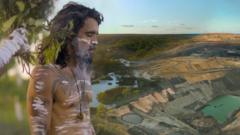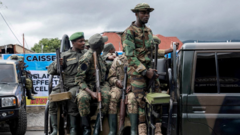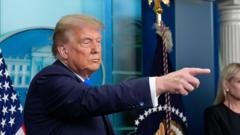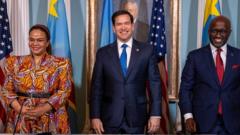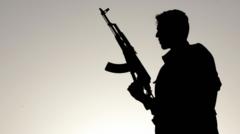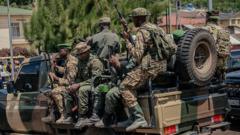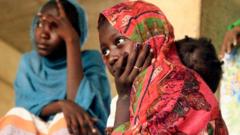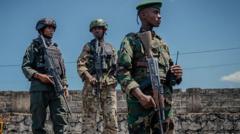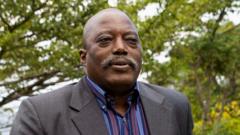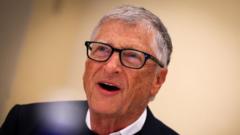The BBC's exploration of the Rubaya mine, recently under the M23 rebel group's control, reveals the daily struggles and hopes of over 10,000 miners as they extract coltan, a key mineral for electronics. With a history of exploitation, these workers seek a balance between survival and safety while navigating the obstacles posed by ongoing geopolitical tensions in the region.
Insights into the Rubaya Mine: The Hidden Backbone of Mobile Technology
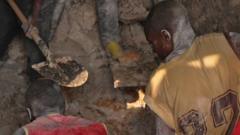
Insights into the Rubaya Mine: The Hidden Backbone of Mobile Technology
Recent access to the Rubaya mine in eastern DR Congo illustrates the complex relationship between valuable resources and local communities amid ongoing conflict.
In a significant breakthrough, the BBC recently gained access to the Rubaya mine in the eastern Democratic Republic of Congo, a critical site for global mobile phone production governed by the M23 rebel group. The visit exposed the realities faced by over 10,000 miners who tirelessly extract coltan ore from the earth, a mineral essential for many electronic devices. Across the mines, laborers are engaged, either digging deep underground or hauling heavy sacks filled with ore to assembly points for processing.
Patrice Musafiri, the mine supervisor appointed by the M23, highlighted that despite the hazardous conditions, mining has become a lifeline for many. "We usually have more than 10,000 or more people working here daily," he informed the BBC, as miners navigated through the challenging terrain and extreme temperatures.
Amidst the dirt and danger, stories of personal transformation emerge. Workers like Peter Osiasi, who has been in mining for five years, express gratitude for the economic opportunities despite the hardships. "My life has really changed. Mining has really helped me," he stated, sharing how he managed to save for a dowry and support his family.
Strategically located in North Kivu province, Rubaya hosts approximately 15% of the world's coltan supply, attracting the interest of global investors. Historical exploitation of the mine has enriched various armed groups, including the current M23, which has been accused of generating significant revenue from mining activities funded by taxes on coltan.
The background tension surrounding the mine is sustained by a complicated web of ethnic and geopolitical issues, with the ongoing peace process between DR Congo and Rwanda offering a glimmer of hope for the region. Following a recent ceasefire agreement, many are hopeful, yet pragmatic about the challenges ahead.
The M23, primarily composed of ethnic Tutsi members, continues to exert control in eastern DR Congo while claiming to protect minority rights. With external powers eyeing the region's resources, local communities seek assurance that any foreign investment would translate to real benefits, including improved wages and infrastructure.
As the miners continue their labor, they remain resilient in their appeals for better living conditions and sustainable peace efforts. "My appeal to fellow young men and our leaders is to keep and maintain peace in our area," Osiasi concluded, embodying the hope that resonates among those working in the shadow of great wealth amid ongoing strife. The ongoing dialogues involving multiple stakeholders could redefine the future of mining in Rubaya and bring about lasting change for its community.

